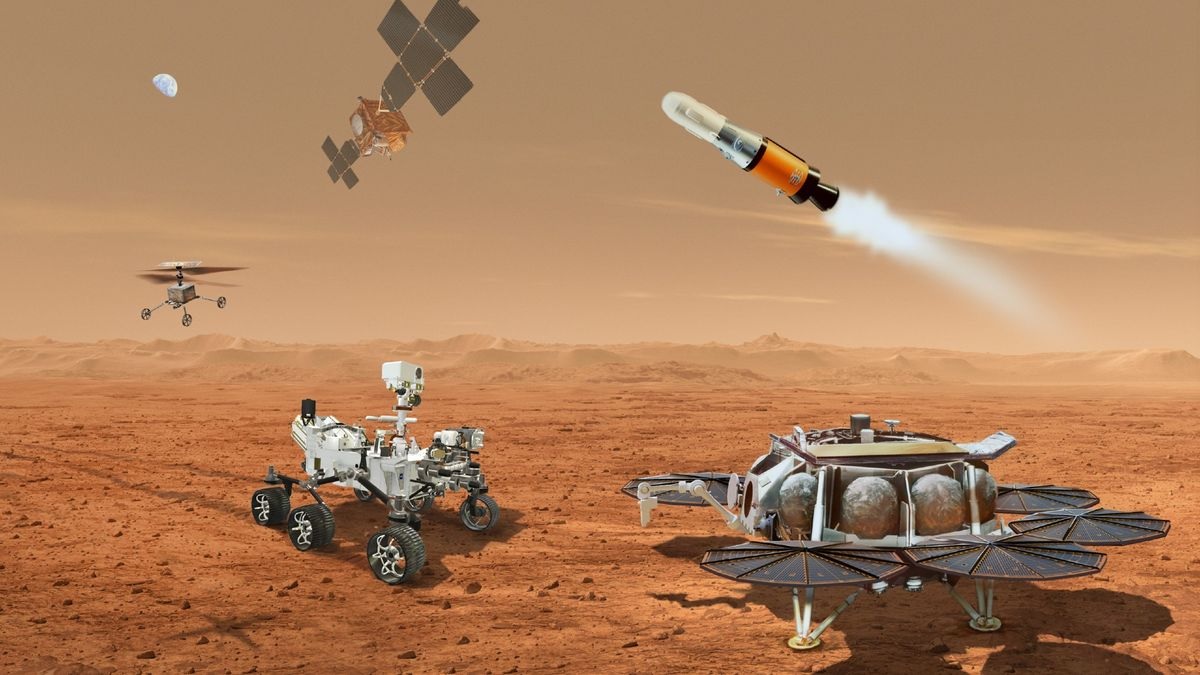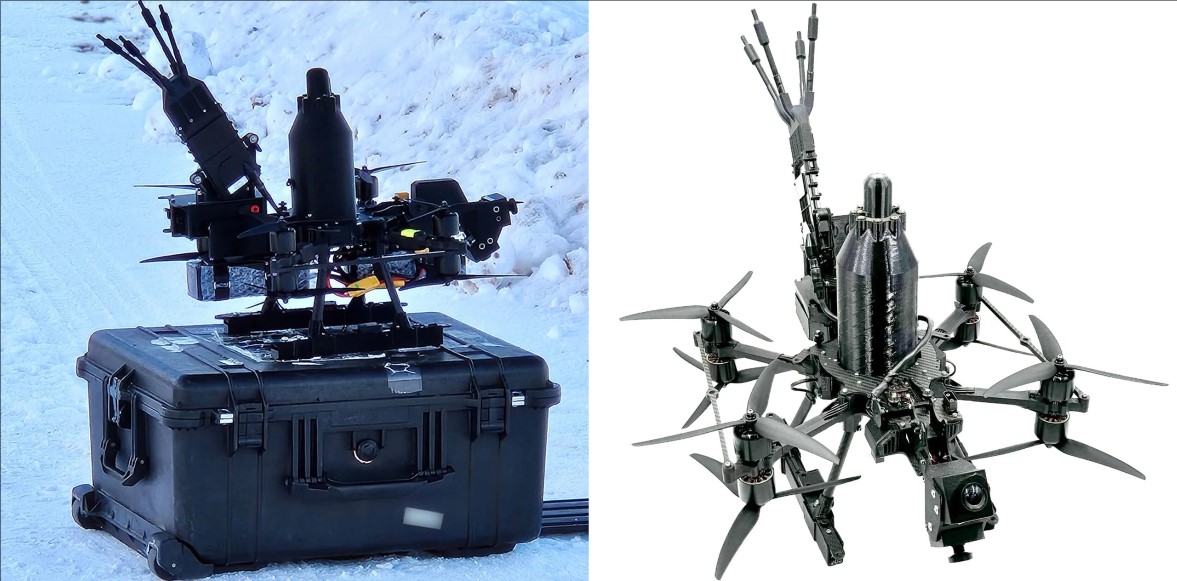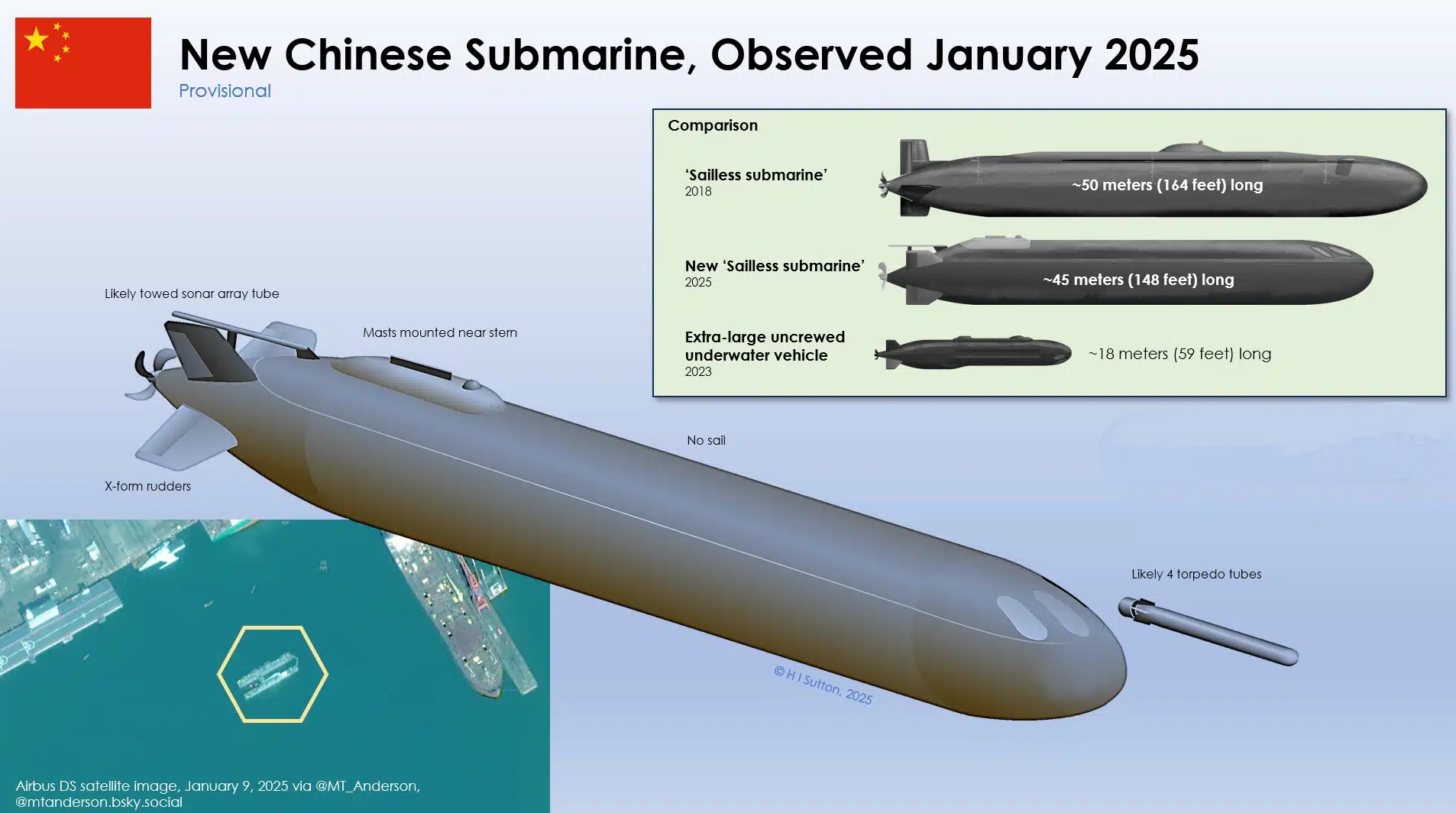NASA to Reveal Updated Mars Sample Return Mission Plan on Jan. 7: Here’s What to Expect

NASA is gearing up to kick off 2025 with an eagerly awaited update on one of its most ambitious and complex missions—the Mars Sample Return (MSR) program. On January 7, at 1:00 p.m. EST (1800 GMT), NASA will host an audio-only press conference to share its revised strategy for bringing Martian samples back to Earth. The briefing, led by NASA Administrator Bill Nelson and Nicky Fox, the associate administrator for science missions, promises to shed light on how the agency plans to tackle this groundbreaking but increasingly challenging endeavor.
The Mission: A Decades-Long Dream
The Mars Sample Return mission is designed to deliver pieces of Mars to Earth for in-depth analysis. Scientists hope these samples will unlock secrets about Mars' geological history, its climate evolution, and the potential for ancient life on the Red Planet. Moreover, this mission will provide invaluable data for planning future human exploration.
The Perseverance rover, which landed on Mars in 2021, has already been hard at work collecting and caching a variety of rock and soil samples. These carefully selected specimens are the centerpiece of the MSR program, offering researchers a once-in-a-lifetime opportunity to study Mars up close.
Original Plan: Ambitious but Costly
NASA’s initial plan for the Mars Sample Return mission was bold but intricate. It involved deploying a lander near the Perseverance rover, which would then use robotic arms or even aerial drones (like a version of the Ingenuity Mars helicopter) to retrieve the samples. These would be placed into a small rocket that would launch the sample capsule into Mars orbit. From there, a European Space Agency (ESA) spacecraft would collect the capsule and return it to Earth.
While visionary, this multi-step plan came with staggering costs and delays. In 2020, the mission was estimated at $3 billion. However, by 2024, that figure had ballooned to $11 billion, with a projected timeline pushing the sample return date to 2040—20 years after Perseverance first launched.
NASA faced criticism for the spiraling costs and delays. During a media call in April 2024, Nelson candidly admitted, "The bottom line is that $11 billion is too expensive, and not returning samples until 2040 is unacceptably too long."
The Competitive Pressure
NASA isn’t alone in its quest to return Martian samples. China has announced plans to launch its own Mars sample return mission in 2028, with the goal of bringing samples back to Earth by 2031—nearly a decade ahead of NASA’s previously proposed timeline. This competitive pressure has fueled urgency within NASA to streamline its mission and reduce costs.
Revamping the Plan: What to Expect
Throughout 2024, NASA has been working to reimagine the Mars Sample Return mission, focusing on reducing costs, simplifying the mission architecture, and speeding up the timeline. One of the key shifts in the new plan is increased involvement from the private space industry. By partnering with commercial entities, NASA hopes to leverage innovative technologies and operational efficiencies that could lower the program's price tag and accelerate progress.
Administrator Nelson hinted at this strategy during a December 2024 meeting, emphasizing the value of industry collaboration. "By involving industry, and not just NASA centers like JPL, they’re coming out with much more practical proposals, where they can speed up the time and considerably lower the cost," Nelson stated.
Specifications of the Mars Sample Return Mission
- Perseverance Rover: The backbone of the mission, equipped with cutting-edge tools to drill, collect, and cache Martian samples.
- Sample Retrieval: Initial plans included robotic arms and aerial drones to fetch the cached samples.
- Mars Ascent Vehicle (MAV): A small rocket designed to launch the sample container into Mars orbit.
- Orbital Transfer: A European Space Agency orbiter would capture the sample capsule and return it to Earth.
- Sample Analysis: Once on Earth, the samples will undergo rigorous examination to search for biosignatures and gain insights into Mars' history.
Why This Mission Matters
Returning Martian samples to Earth isn’t just a scientific milestone; it’s a gateway to the future of space exploration. These samples could answer fundamental questions about life beyond Earth and pave the way for human missions to Mars. Additionally, the technological innovations required for the MSR program are expected to have broad applications for space exploration and other scientific endeavors.
Tune In
The updated plan, expected to be unveiled on January 7, could redefine how NASA approaches one of the most challenging missions in its history. As the space agency strives to balance cost, complexity, and competition, this announcement will likely set the stage for the future of Mars exploration.
You can listen to the live briefing on NASA's website to stay informed about the latest developments in this high-stakes mission.



